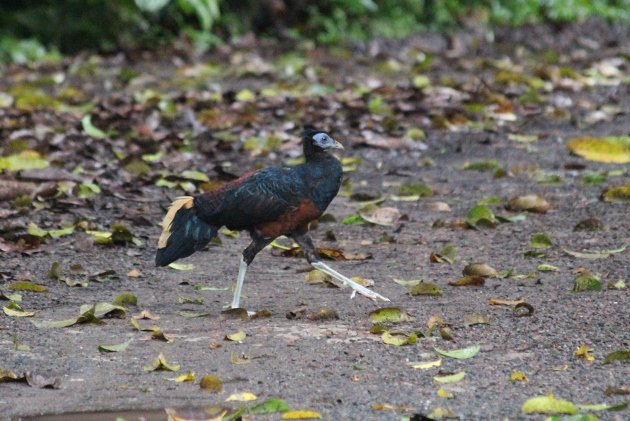
One of the less talked about draws of visiting Asia for birders is the opportunity to check out some of the many pheasants that lurk there. While you can easily find drab representatives of the pheasant family across most of the world – dull uninteresting birds like partridges, quail, francolins, grouse, or, God help you, turkeys, pheasants are usually found only in Asia. The exceptions are, of course, down to people, who, finding their own phansianids so unspeakably awful, introduced pheasants in order to improve the general quality of their game birds. Oh, and I guess there is a peacock in the Congo, but that bird is so utterly impossible to find it barely counts as an exception.
Borneo has a number of pheasants for the interested birder, as well as a peacock-pheasant. Peacock-pheasants are like pheasants but even harder to find, as if they are channeling the spirit of the Congolese peacock. But if you do have a hankering to see some pheasants, I recommend the Danum Valley. First off you can find Great Argus there, which are massive astonishing long-tailed peacock-like pheasants. I saw one, but didn’t get a photo. But still, had I not seen a pitta a few minutes later it might have been my bird of the year. And then there are Crested Firebacks.
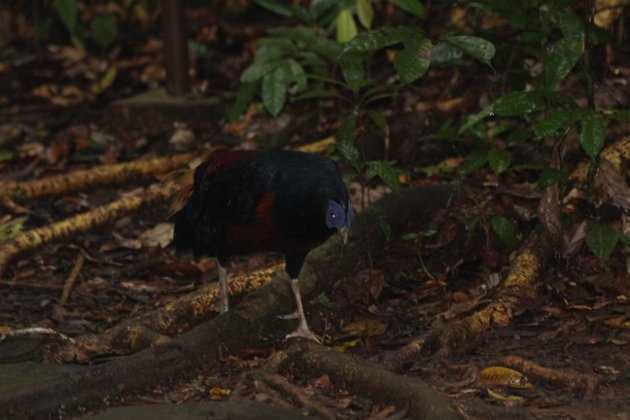 Crested Fireback (male) lurking with big facial wattles
Crested Fireback (male) lurking with big facial wattles
Usually pheasants are located deep in the jungle, where they tend to avoid people due to their close resemblance to the highly edible chicken (itself derived from an attractive Asian junglefowl). Danum Valley, in contrast, has a family of habituated Crested Firebacks that pass close to the luxurious lodge regularly This means that locating them is more a case of putting down a fabulous drink to wander over to where they are.
 A young male, beginning to get the firey plumage on its back.
A young male, beginning to get the firey plumage on its back.


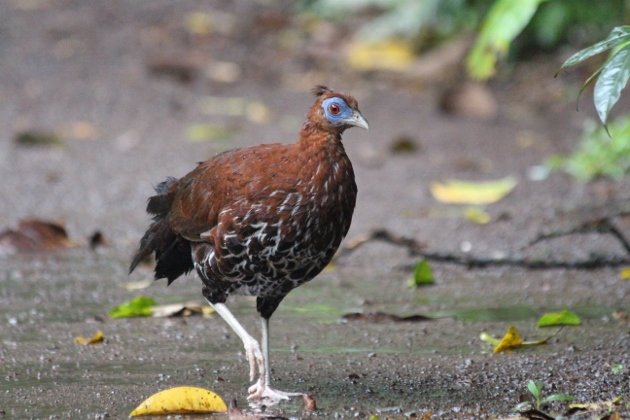
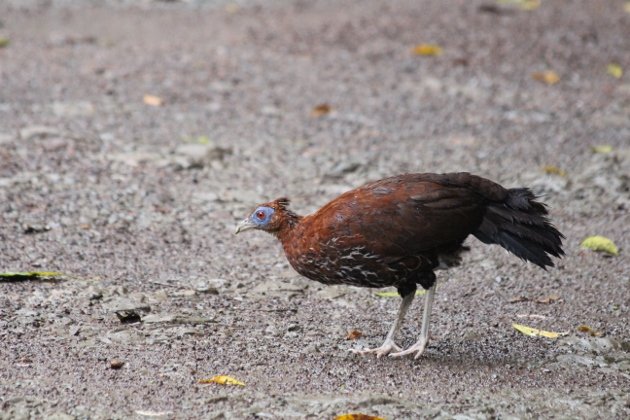
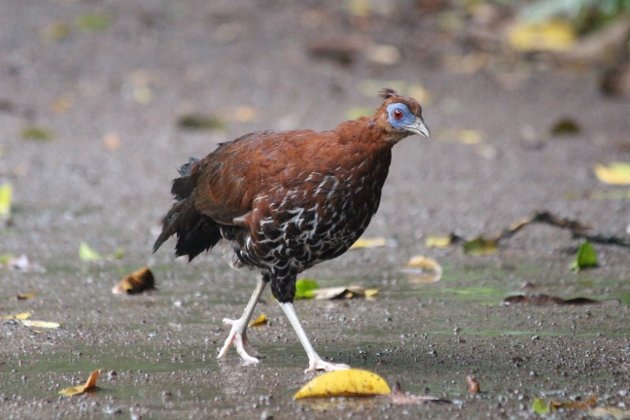



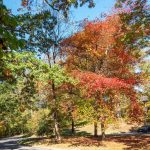
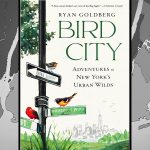
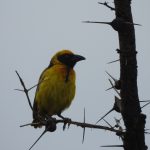

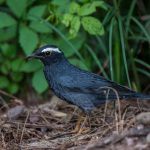
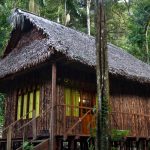
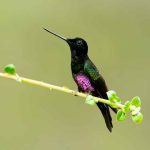
AAAAAaaaaaaaaaarrrrrrrrrrgh’
Nnnnnnooooooooooooooooo!
That’s just impossible. You just can’t have seen a pheasant on Borneo!
Sob, sigh!